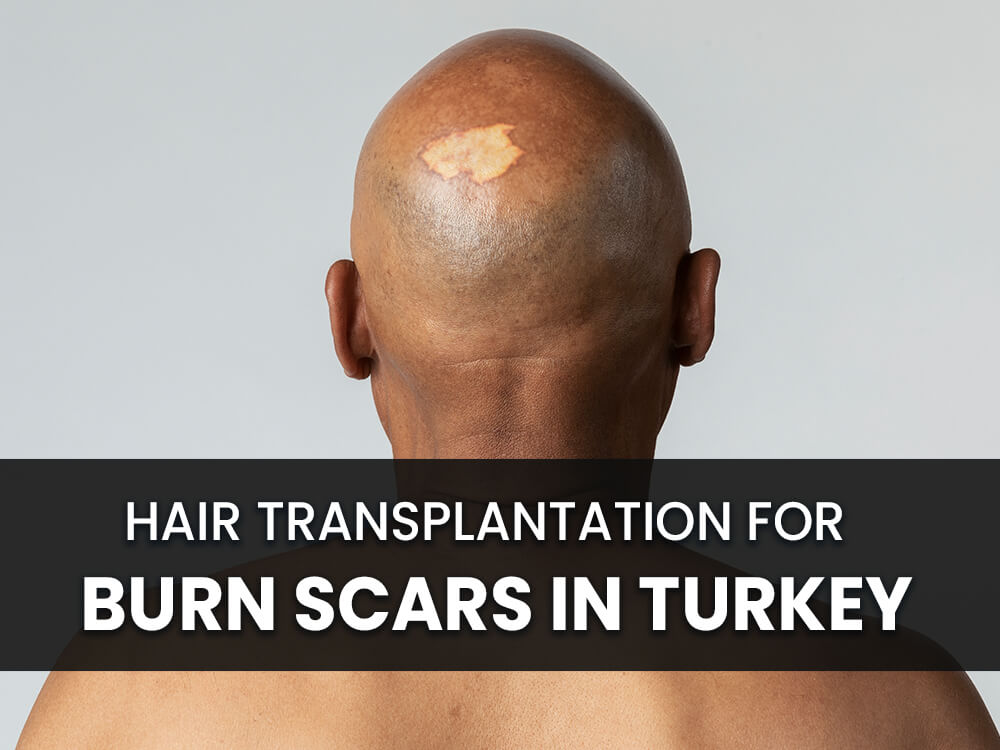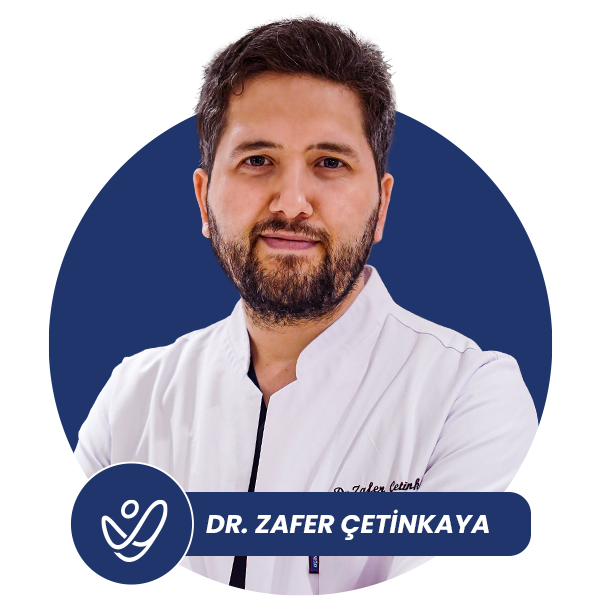
Hair transplantation for burn scars is a specialized field of dermatological surgery that has seen significant advancements in recent years. This procedure is particularly relevant for individuals who have suffered burns, leading to hair loss in certain areas of the scalp or body. Turkey, and specifically Istanbul, has emerged as a global hub for this procedure, offering high-quality medical services at affordable prices.
The following glossary article provides a comprehensive overview of hair transplantation for burn scars in Turkey. It delves into the various aspects of the procedure, including the types of hair transplantation techniques used, the process of the surgery, the recovery period, and the potential risks and complications. It also highlights the reasons why Turkey has become a preferred destination for this procedure.
Understanding Hair Transplantation
Hair transplantation is a surgical procedure that involves removing hair follicles from one part of the body, known as the ‘donor site’, and transplanting them to the bald or balding part of the body, known as the ‘recipient site’. This procedure is primarily used to treat male pattern baldness, but it is also effective in restoring hair in areas affected by burns.
The success of a hair transplant largely depends on the ability of the transplanted hair to grow in the new location. For this reason, hair transplantation is typically performed under local anesthesia, with the patient awake during the procedure. The surgery can take anywhere from four to eight hours, depending on the size of the transplant area.
Types of Hair Transplant Techniques
There are two main types of hair transplant techniques: Follicular Unit Transplantation (FUT) and Follicular Unit Extraction (FUE). FUT, also known as ‘strip surgery’, involves removing a strip of skin from the back of the scalp, from which individual hair follicles are then extracted and transplanted to the recipient site. On the other hand, FUE involves the direct extraction of individual hair follicles from the donor site, which are then transplanted to the recipient site.
Both techniques have their advantages and disadvantages. FUT typically allows for the transplantation of a larger number of hair follicles in a single session, but it leaves a linear scar on the back of the scalp. FUE, on the other hand, does not leave a linear scar, but it may require multiple sessions to achieve the desired results.
Hair Transplantation for Burn Scars
Hair transplantation for burn scars is a specialized procedure that requires a high level of expertise. Burn scars often have a different texture and blood supply compared to normal skin, which can make the transplantation process more challenging. Furthermore, the hair follicles in the scarred area may be damaged or destroyed, requiring the use of healthy hair follicles from another part of the body.
The procedure for hair transplantation for burn scars is similar to that for treating baldness, with either FUT or FUE techniques being used. However, additional steps may be necessary to prepare the scarred area for transplantation, such as the use of skin grafts or tissue expansion techniques.
Preparation for the Procedure
Before the procedure, the surgeon will conduct a thorough examination of the patient’s scalp and hair, as well as the burn scars. This includes assessing the size and depth of the scars, the quality of the surrounding skin, and the availability of donor hair. The surgeon will also discuss the patient’s expectations and goals for the procedure, and provide a realistic assessment of what can be achieved.
Patients are usually advised to avoid certain medications and supplements that can increase bleeding, such as aspirin, nonsteroidal anti-inflammatory drugs (NSAIDs), and vitamin E. Smoking and alcohol consumption should also be avoided, as they can impair wound healing and increase the risk of complications.
The Procedure
The procedure begins with the administration of local anesthesia to numb the donor and recipient sites. If the FUT technique is used, a strip of skin is removed from the back of the scalp, and the individual hair follicles are then extracted under a microscope. If the FUE technique is used, individual hair follicles are directly extracted from the donor site using a special tool.
The extracted hair follicles are then prepared for transplantation. This involves trimming them to the appropriate size and sorting them according to the number of hairs in each follicle. The surgeon then makes tiny incisions in the scarred area, and carefully inserts the hair follicles into these incisions. The procedure is completed when all the hair follicles have been transplanted.
Recovery and Aftercare
After the procedure, the scalp may be sore and swollen, and the patient may need to wear bandages for a few days. Pain medication may be prescribed to manage discomfort, and antibiotics may be given to prevent infection. The patient is usually able to return home on the same day of the procedure, but should avoid strenuous activities for at least a week.
The transplanted hair typically falls out within two to three weeks after the procedure, which is a normal part of the process. New hair growth usually begins after three to four months, and the final results are typically visible after six to nine months. Regular follow-up appointments are necessary to monitor the progress of the hair growth and to address any concerns or complications.
Potential Risks and Complications
As with any surgical procedure, hair transplantation carries some risks and complications. These include infection, bleeding, scarring, and unnatural-looking hair growth. There is also the risk that the transplanted hair will not grow in the scarred area, or that the hair growth will be less than expected.
However, these risks can be minimized by choosing a qualified and experienced surgeon, following the pre- and post-operative instructions carefully, and maintaining realistic expectations about the results. It is also important to remember that hair transplantation is not a cure for hair loss, and that ongoing treatment may be necessary to maintain the results.
Hair Transplantation in Turkey
Turkey, and specifically Istanbul, has emerged as a leading destination for hair transplantation. The country boasts a large number of highly skilled and experienced surgeons, state-of-the-art medical facilities, and affordable prices. Furthermore, the Turkish government has implemented strict regulations to ensure the quality and safety of medical services, which has further boosted the country’s reputation in this field.
One of the key advantages of undergoing hair transplantation in Turkey is the cost. The procedure is typically much more affordable in Turkey compared to other countries, even when taking into account the cost of travel and accommodation. This has made hair transplantation accessible to a wider range of patients, including those who may not have been able to afford the procedure in their home country.
Choosing a Clinic in Turkey
When choosing a clinic for hair transplantation in Turkey, there are several factors to consider. These include the qualifications and experience of the surgeon, the reputation of the clinic, the quality of the facilities, and the level of patient care. It is also important to consider the cost of the procedure, although this should not be the only factor in the decision-making process.
One clinic that stands out in the field of hair transplantation in Turkey is Estenove. Located in Istanbul, Estenove is a leading hair transplant clinic that offers a range of services, including FUT and FUE hair transplants, as well as hair transplantation for burn scars. The clinic is known for its high-quality medical services, experienced surgeons, and excellent patient care.
Why Choose Estenove?
Estenove is committed to providing the highest standard of care to its patients. The clinic’s team of surgeons are highly skilled and experienced in the field of hair transplantation, and they use the latest techniques and technologies to achieve the best possible results. Furthermore, the clinic offers a comprehensive aftercare program to ensure the success of the procedure and the satisfaction of the patient.
Another key advantage of Estenove is its affordability. Despite offering high-quality medical services, the clinic’s prices are highly competitive, making hair transplantation accessible to a wider range of patients. Furthermore, the clinic offers a range of packages that include the cost of the hair transplant procedure, accommodation, and transportation, making it a convenient and cost-effective option for international patients.
Hair transplantation for burn scars is a complex procedure that requires a high level of expertise. However, with the right surgeon and clinic, it can offer a permanent solution to hair loss and significantly improve the patient’s quality of life. Turkey, and specifically Istanbul, offers a range of high-quality, affordable options for this procedure, making it a popular destination for patients from around the world.
Estenove, with its team of experienced surgeons, state-of-the-art facilities, and comprehensive aftercare program, stands out as a leading choice for hair transplantation in Turkey. Whether you are considering hair transplantation for burn scars or for other reasons, Estenove offers a range of services to meet your needs and exceed your expectations.



